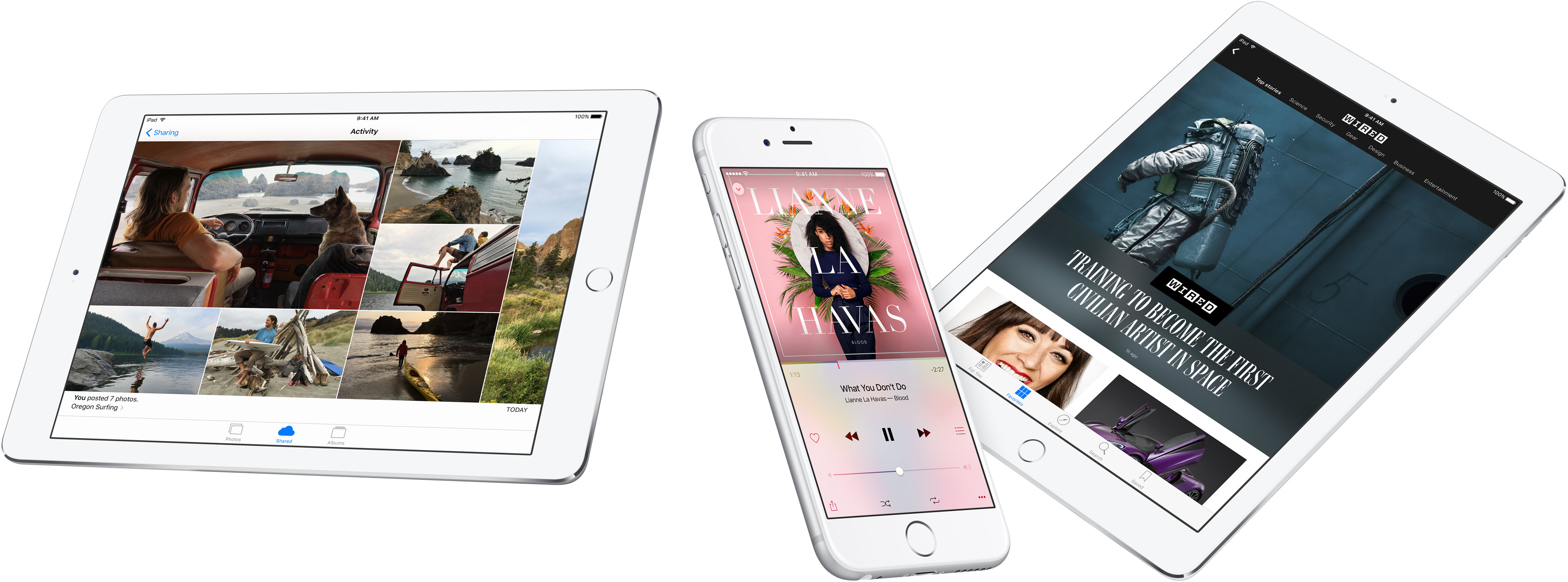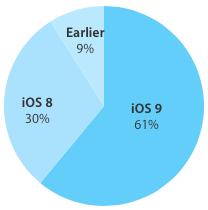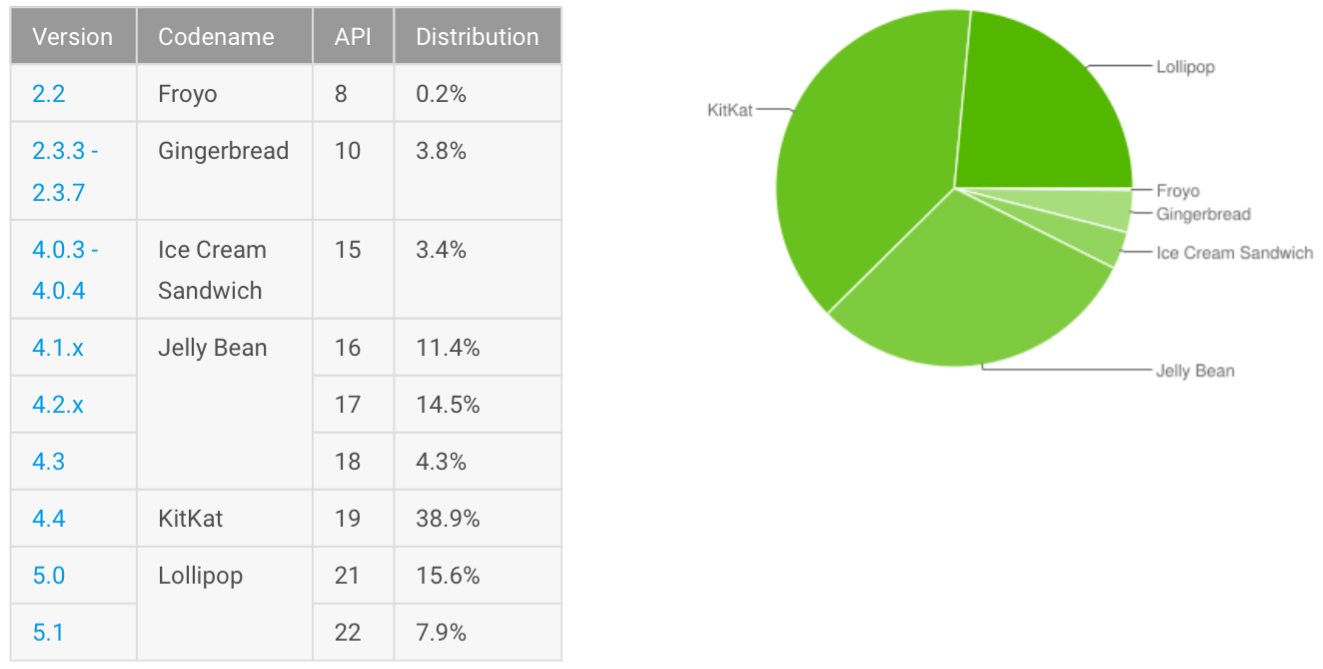Apple’s latest iOS 9 mobile operating system is now powering a total of 61 percent of active iPhone, iPod touch and iPad devices in the wild, according to Apple’s official numbers published on its portal for developers.
By comparison iOS 9 was found on 57 percent of devices just two short weeks ago. The latest data point was calculated by monitoring App Store access on October 19, 2015.
Strong iOS 9 adoption
iOS 8 is now on thirty percent of iOS devices, a decline of three percentage points compared to two weeks ago. iOS 7 and earlier versions of iOS currently account for nine percent of iOS hardware in the wild, a slight decrease over the ten percent mark recorded two weeks ago.
The numbers suggest that strong iOS 9 adoption continues unabated nearly six weeks following its public release last month. Much of iOS 9’s growth can be contributed to strong sales of the new iPhone 6s and iPhone 6s Plus smartphones with 3D Touch.
Moreover, the fact that the previous-generation iPhone 6 and iPhone 6 Plus are now available for a $100 less surely plays an important factor, too.
“iOS 9 is off to an amazing start, on pace to be downloaded by more users than any other software release in Apple’s history,” Apple’s Senior Vice President of Worldwide Marketing, Phil Schiller, said recently.
What about Android?
Google’s dashboard for Android developers currently does not provide adoption rates for Android 6.0 Marshmallow, the latest and greatest version of Android which was officially released 16 days ago.
Based on Google Play Store access data collected during a seven-day period ending on October 5, 2015, Android Lollipop (5.0 and 5.1) powers 23.5 percent of Android devices out there, with Android Ice Cream Sandwich (4.0.3-4.0.4), Jelly Bean (4.1.x, 4.2.x and 4.3) and KitKat (4.4) accounting for a combined 69.1 percent of Android hardware.
Google’s states exclude devices running Android versions older than Android 2.2, forked Android builds (like Amazon devices) and those that don’t run the Play Store app and other Google services (like most Android devices sold in China).
Source: Apple


